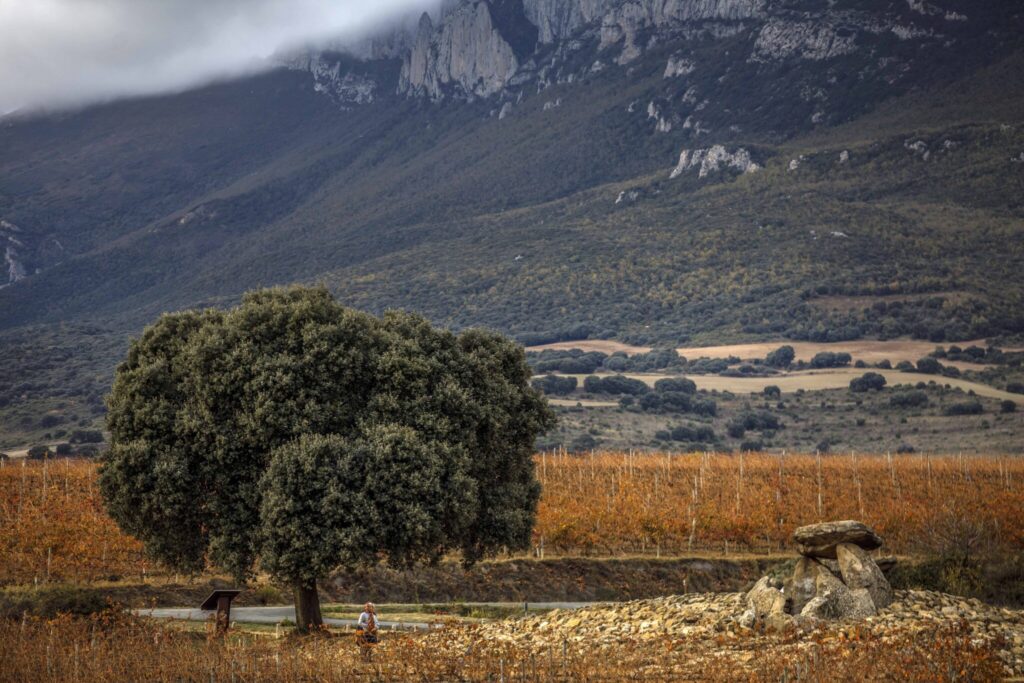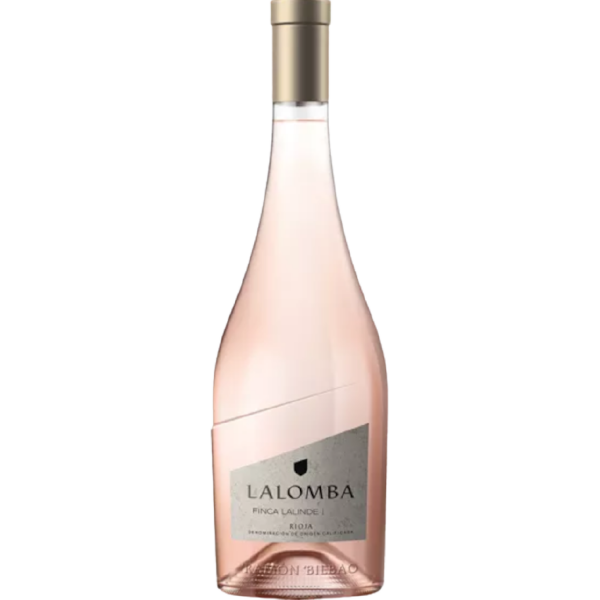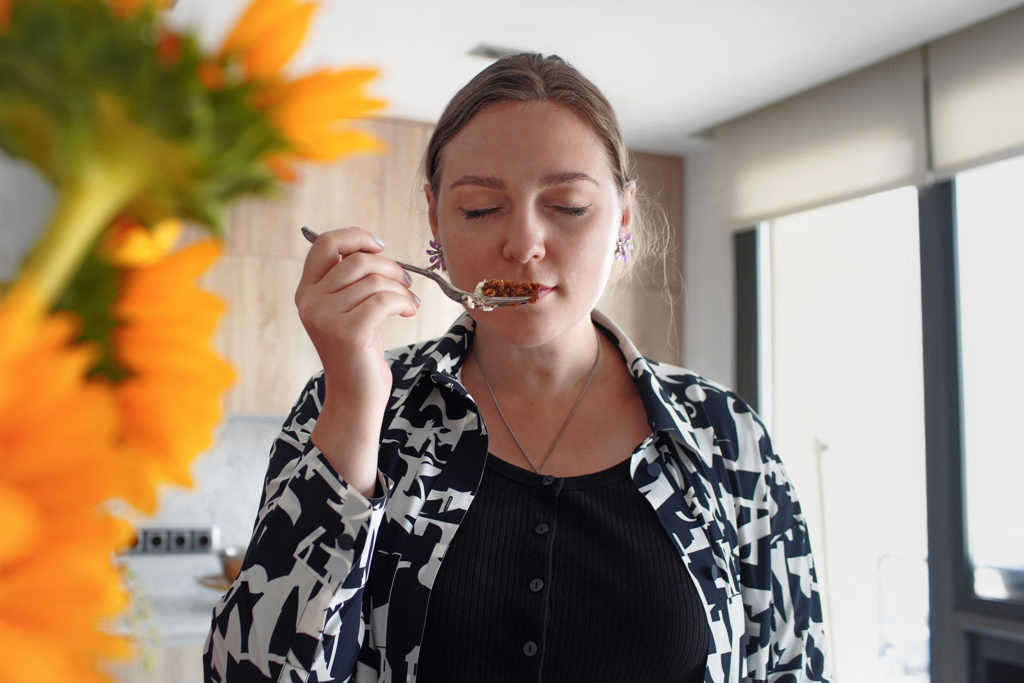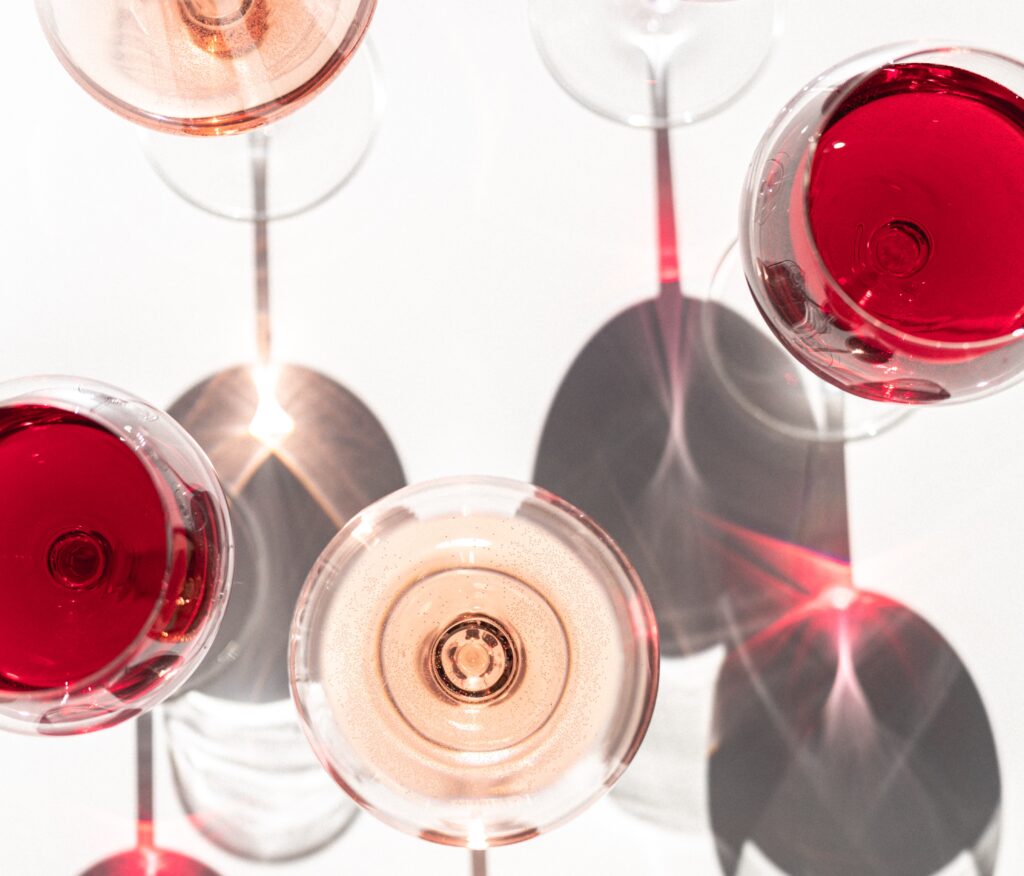Rosé wines continue their unstoppable ascent in the wide wine world. Pink wines are growing in popularity significantly faster than other wine styles: IWSR Drinks Market Analysis reports a 118% increase in volume from 2015 to 2020. Shaking off its once seasonal and sexist stigma, it is attracting a cast of wine-loving celebrities, who have been diving into the rosé category in the last years. Beyond Provence, world-class regions from Bordeaux to California are wines of different shades and tastes of pink.
Among them is Rioja, Spain’s powerhouse of red wines that is showing its true colours in all its diversity. Stretching along the banks of mighty Ebro, it lies about 100 km south of the refreshing maritime influence of Bilbao and the Bay of Biscay. The region is flanked by mountains on both sides, with Sierra de Cantabria protecting it from the cold Atlantic influence, while Sierra de la Demanda and Sierra de Carneros act as a natural shield against the continental extremes of the central plateau. All this creates a temperate climate with Atlantic and Mediterranean elements, perfect for the fresher, paler shades of pink, as well as more intense, darker traditional styles.
Rioja’s location has also proved rather strategic for the region’s international projection. Its proximity to France has allowed for strong historical ties between two great regions like Bordeaux and Rioja. In 1863, the railway arrived in Haro – coincidentally, the same year that the phylloxera set off on ravaging French vineyards. Rioja rapidly became a major wine supplier of the northern neighbour. Its wines rose to international prominence, eventually prompting Rioja’s recognition as the first region in Spain to be recognised as a Denominación de Origen in 1925. Since 1991 it is the Denominación de origen calificada, with stringent regulations for allowed varieties, vinification and ageing for all its styles including rosado and clarete. We were lucky to take a deep dive into them during our recent study trip to the region that was part of the Rioja Wine Academy, the DOCa Rioja training programme.

@DOCa Rioja
Clarete is a historic style of Rioja, originally made as a field blend of red and white grapes that went through a longer maceration. The result was a more intense pink, or even pale red, typical of the Najerilla Valley, around the villages of Cordovín, Badarán, Alesanco, and San Asensio, where winemakers would use Garnacha and Viura, with a minimum of 25% red grapes. This long-living tradition is a testimony to the popularity of this ‘dark pink’, or ‘light red’ style in different corners of Europe, from Bordeaux to Tavel — in fact, it was the default option for most wines until the eighteenth century.
Today, an increasing number of rosados are made in an international, paler style. Two main vinification techniques are employed: direct press and saignée (sangrado), which involves bleeding off the juice after the brief maceration of the must. The latter is far from being an afterthought for a great wine district like Rioja, but rather a judicious choice for producers that decide to step on the pink path. “Rosé is perhaps the most technically challenging style to produce”, admits Rosana Lisa Oliva, Director and Head of R+D at Lalomba, Ramon Bilbao’s project.



